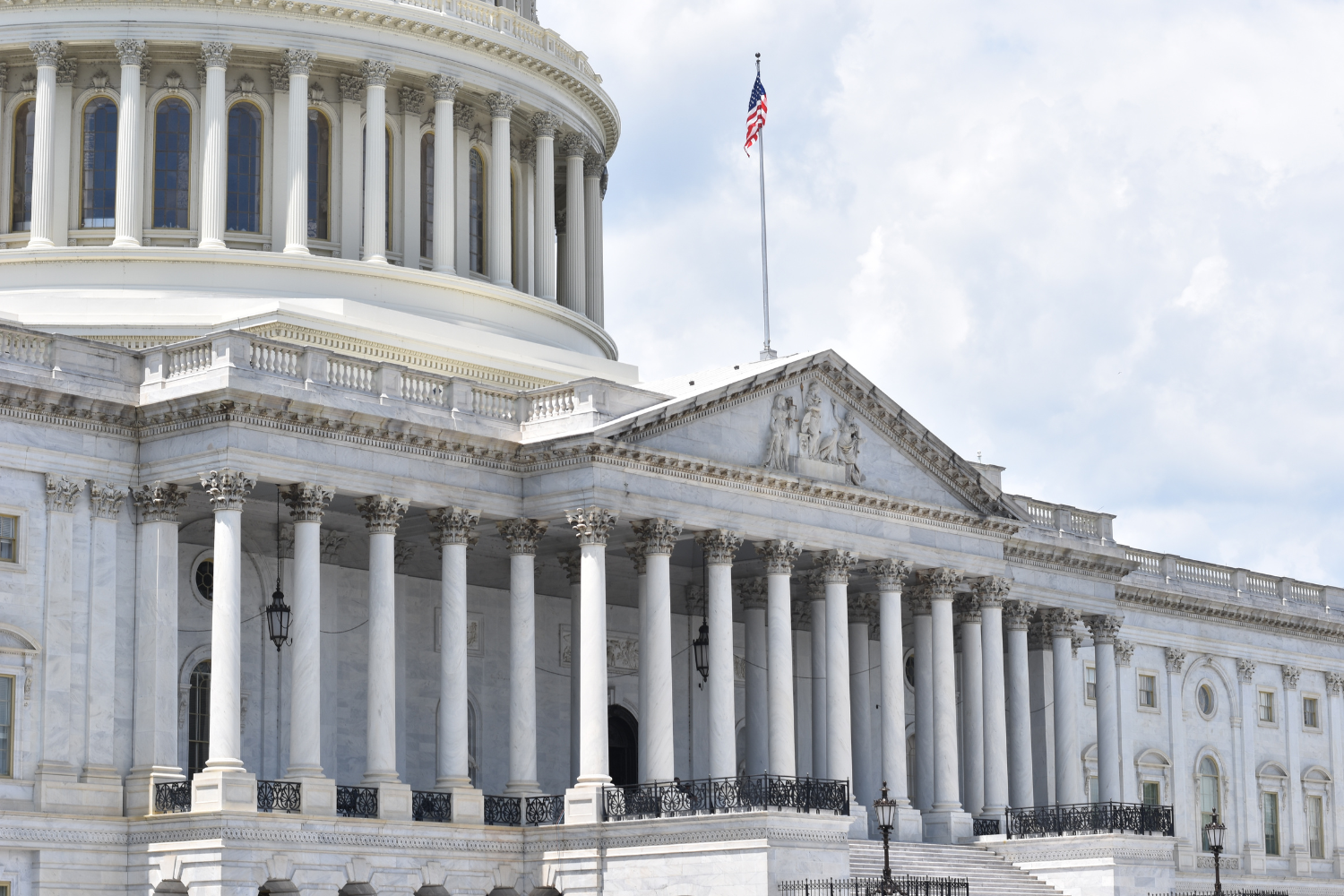As we set our goals for the year, let’s also take time to raise awareness for National Human Trafficking Prevention Month.
To start off, did you know that in the US there are two primary forms of trafficking? Many of us know about sex trafficking, but forced labor is another form of human trafficking.
Per the National Human Trafficking Hotline, in 2023, there were a total of 30,162 signals/contacts received, with approximately 25 percent of the contacts coming from survivors of human trafficking themselves.
The top five states with the highest reports of human trafficking included California (3152), Texas (2373), Florida (1904), New York (1212), and Ohio (810).
Sadly, these are only the numbers reported from one resource, and the actual prevalence of human trafficking in the US is underreported. Also, the 2023 data indicates that 75 percent of reports are coming from allies, emphasizing the importance of learning and recognizing the signs of human trafficking.
As future providers and leaders in our community, it is important to stay vigilant of human trafficking and recognize that marginalized, minority, and immigrant communities are most heavily impacted. While our clinical practices may not always directly intersect with those of human trafficking survivors, we can make our advocacy and support prominent in our communities.
Examples of ways we can do this are to:
Recognize the signs of human trafficking.
Build rapport and confidentiality.
Routinely screen for trafficking.
Uphold trauma-informed care practices.
Collaborate with support services and advocacy groups.
Resources
National Human Trafficking Hotline: 24-hour service: 1-888-373-7888
Keep up to date from the National Office to Monitor and Combat Trafficking in Persons.





